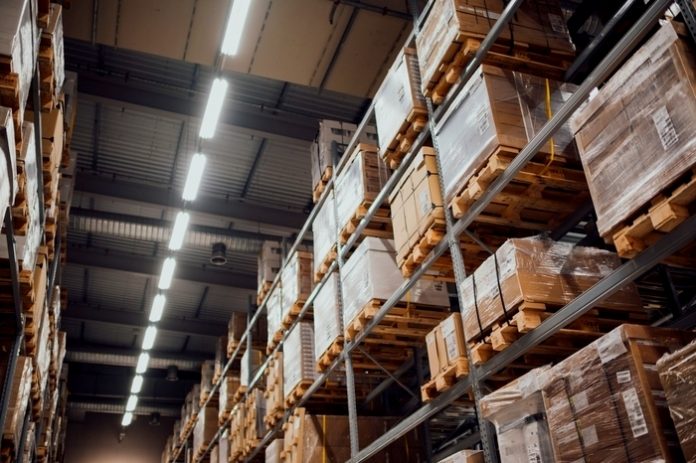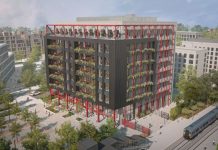According to Savills latest Big Shed Briefing, UK take-up of industrial & logistics space (units of 100,000 sq ft+) reached 16.82 million sq ft in the first half of 2024, a 44% increase when compared with H1 2023 and 13% above the long-term average. This can be attributed to improved market sentiment in light of a more positive economic outlook.
Savills notes that 61% of activity occurred in Q2 as, following a subdued start to the year, occupiers took the decision to revisit strategy and associated requirements. Businesses were able to take advantage of increased supply of standing stock in light of ongoing challenges in completing build-to-suit transactions, with 75% of all new leases signed for existing units.
There also remains a diverse occupier mix, with onshoring trends continuing to see manufacturers take space, accounting for 28% of take-up in the first half of the year. 3PLs were the most active at 33% and the ‘other’ sector, which consists of data centres, vertical farms and film studios stand at 16%, an increase on the 10% long-term average.
From a supply perspective, the combination of 5.7 million sq ft of speculative completions in H1 2024 and 12.2 million sq ft of second hand space returning to the market, has meant that Savills has seen supply rise 14% in the last six months now standing at 56.28 million sq ft. This reflects a vacancy rate of 6.95%, with inward movement expected as the year progresses. At present, 13% of supply is currently under offer, which is set to bring the vacancy rate down further, and whilst 10.16 million sq of space is currently being developed speculatively, 9% of this is also already under offer due to a clear occupier preference for better quality buildings.
Richard Sullivan, national head of industrial & logistics at Savills, comments: “We are now seeing take up back to pre-Covid levels, driven by occupier need for higher quality units to meet operational and ESG requirements. What’s more, activity has been aided by the change in both the economic and political environment, which has seen occupier sentiment improve markedly. Pleasingly, occupier activity is increasingly diverse with multiple new entrants in the first half of the year. The need to improve supply chain resilience is still a large stimulant for companies as global geopolitical and macro concerns weigh more heavily on both large and small corporates. Last year, industry surveys suggested nearshoring, friend-shoring (manufacturing and sourcing from countries that are geopolitically aligned) and heightened inventory levels were all desired strategies and this is now starting to be realised in both our transactional and requirement datasets.”
Looking at capital markets, although activity remains subdued there remains a growing sense of optimism. H1 2024 investment reached £1.4bn, a 41% increase on H1 2023 and 47% above the pre-Covid H1 average with sentiment set to improve as the year progresses.
This positivity is reflected in the tightening of prime industrial distribution and multi-let asset yields, falling from 5.25% to 5% in the first half of 2024. Savills also anticipates that confidence will continue to strengthen in H2, with expected decreases in base rates and the stabilisation of Gilt yields looking to attract leveraged investors back to the market. This is alongside continued strong rental growth expectations in many markets.
Richard Merryweather, joint head of UK investment at Savills, adds: “At present, we are still seeing investors reluctant to sell at current pricing levels due to robust rental growth and minimal market pressures. However, for available assets we are now seeing more bidders and stronger pricing which should lead to more widespread conviction and encourage more potential vendors to sell in the second half of the year.”



















